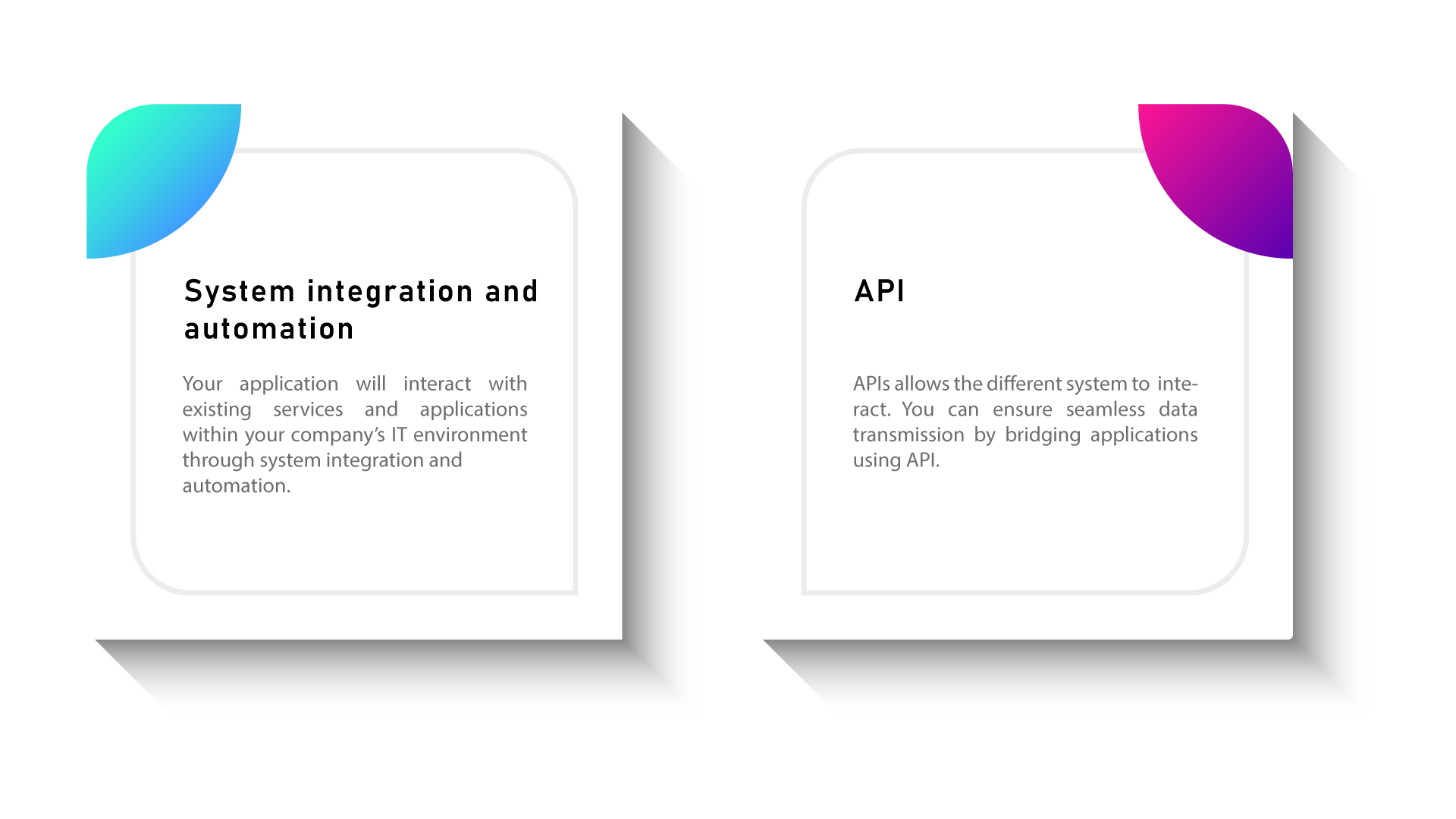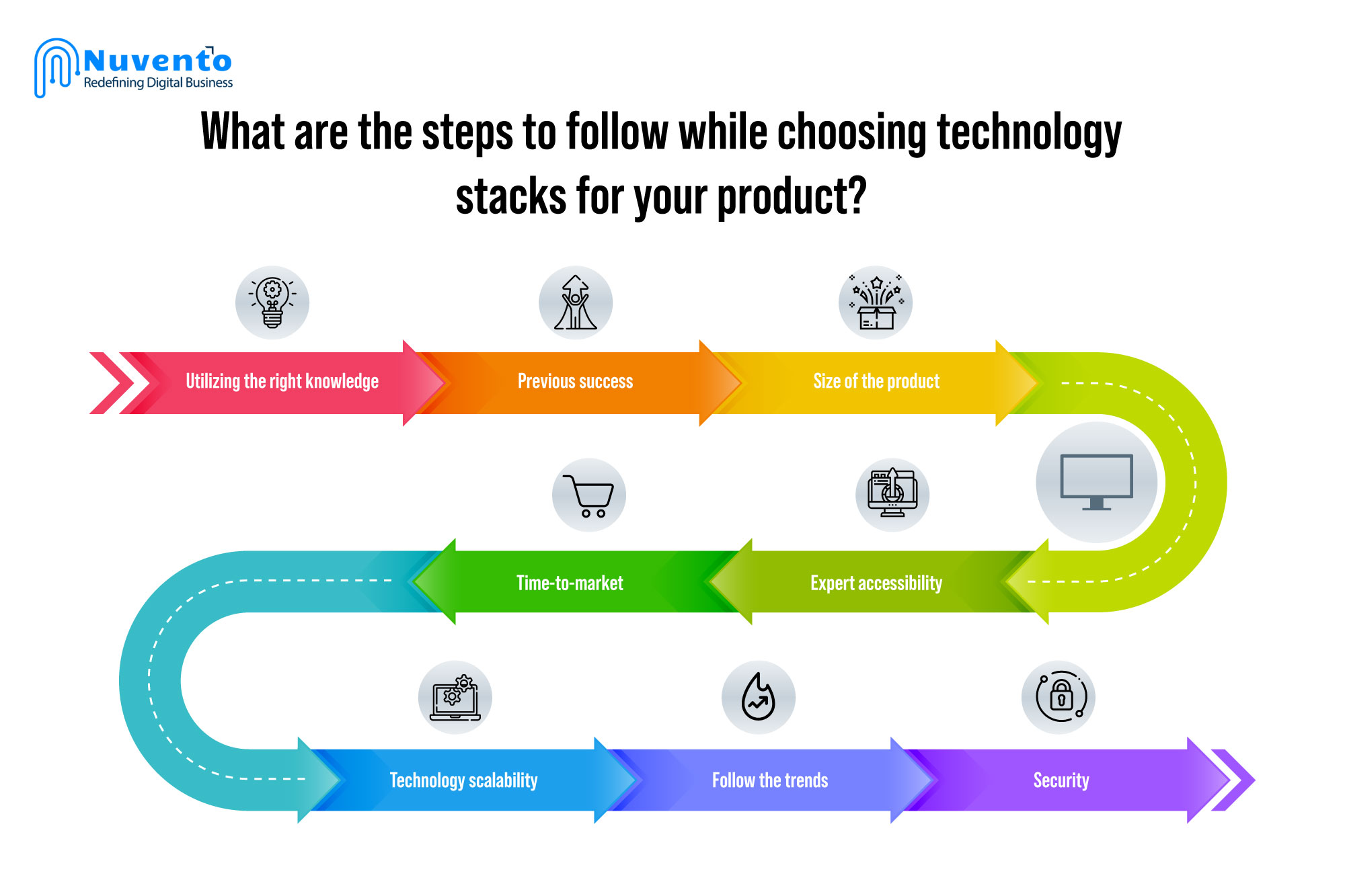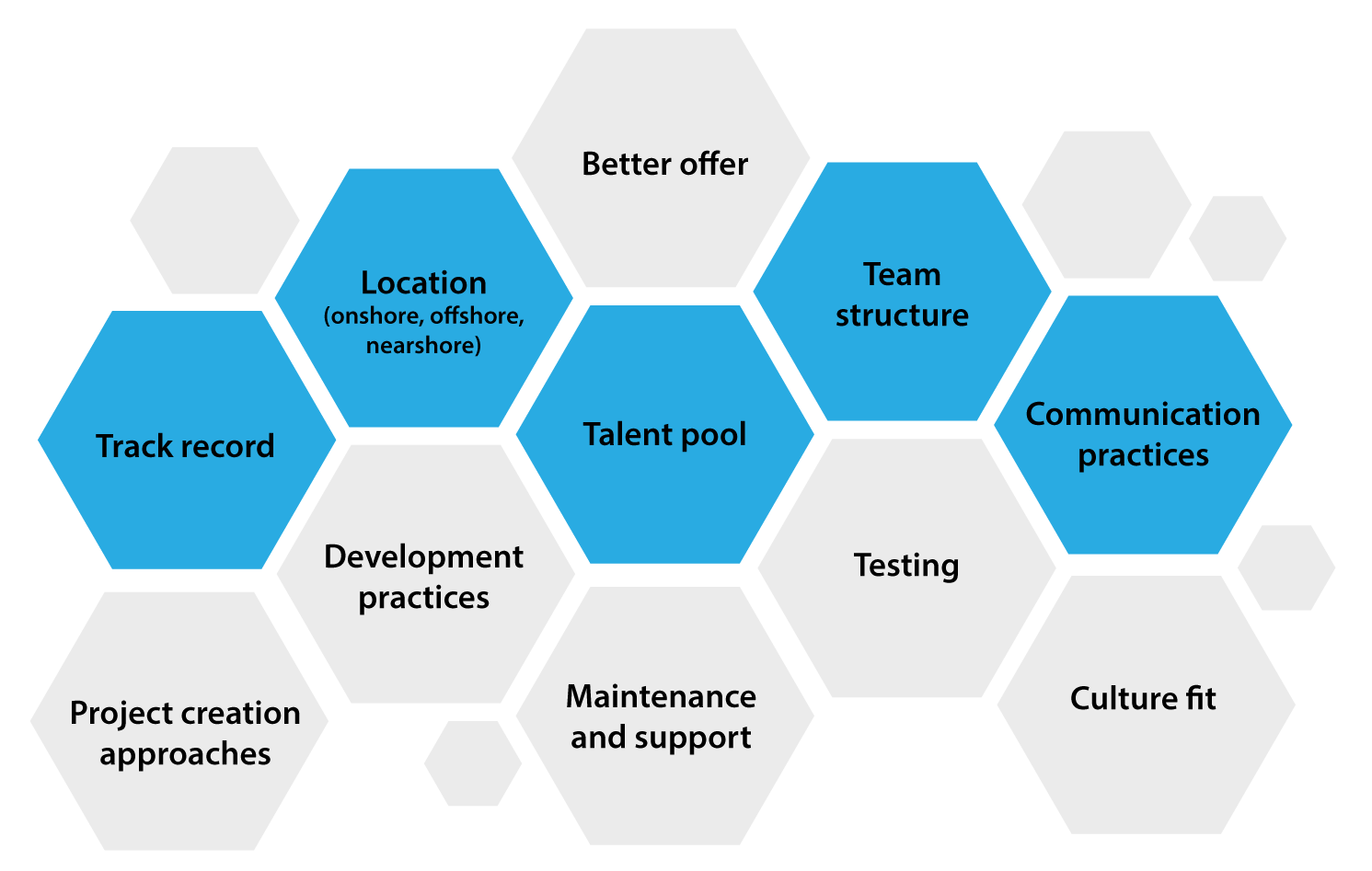
30 Jul Tips to move from MVP to final product
Your MVP is a resounding success and now it has you thinking, “How can I replicate this success in a wider market?” It’s not an easy job. You’ll have to revisit your product’s scalability, Infrastructure/ architecture/platforms/security/integrations/support/UI-UX/and frameworks.
Let’s look at each of them in detail.
Making your MVP ready for the wider market
Decide on the scalability of the product
Assessment of your current product’s scalability is a critical step. As you take your product to the wider market, it needs to perform even as traffic and visitors to the platform mounts.
Steps would involve:
- Assessing the product’s scalability in terms of:
- Simultaneous usage by multiple users.
- Storage capacity.
- The maximum number of simultaneous transactions.
- Anything that pushes the system past its original capacity.
-
Set the infrastructure/architecture outline
The current infrastructure has served you well in the MVP stage. You now have the feedback you need to take your product to the next level, which involves reviewing your product infrastructure to see if it meets future demand.
Give attention to:
- Design of the product: Will the current product architecture meet user requirements? If not, what needs to be done to ensure it does. Identify the different user personas and user journeys and see how they fulfil their tasks in a journey.
- Aligned development, testing and releases: When developing a product, ensure features directly address customer needs and ensure they are thoroughly tested and released, so customers see a solution in your product. Thorough back-end development, front-end development and testing as well as its coordination is integral.
(Popular clouds like Microsoft Azure offer many ready-to-use components and services to minimize development effort.)
- Web server load: Powerful servers that have sizing flexibility in the cloud environment can be enabled for your product.
- Traffic distribution: The use of multiple load balancers to distribute traffic load is an important part of the architecture.
- Factoring sessions: Decouple sessions using the distributed store for avoiding problems when multiple servers and load balancers are used for your product.
- Database query overload: If your product will have millions of users and plenty of real-time requests, it can overrun its cache. So, clear cache and use queues.
- Platform flexibility: Open platforms that support multiple software add-ons and have common apps preinstalled for ease are used.
- Information security requirements
- Regulatory compliances
A technical architect can audit every workload to ensure your product has the most effective architecture. Potential risks to scaling are identified by referring to historical data, and hardware/software upgrades. In an infrastructure audit, there will be a clear understanding of existing resources, operational processes, traffic patterns, and how gaps and growths in each area will sync with your business objectives.
- Choosing the right platforms for your product
Anticipate your business needs and choose a platform that enables you to address customer needs. It can be the same platform you’ve used in your MVP, or it can differ.
How to choose a platform?
Nuvento’s startup IT service experts can guide you on this. We help you with:
- Validating your user base with in-depth research.
- Utility-based approach in platform decisions
- Analyzing primary, secondary and tertiary distribution channels
As for implementation, considering popular clouds like Microsoft Azure lets you quickly lay the foundation for a modern cloud-native application. Benefits include elasticity, scalability, cost efficiency and multiple ready-to-use cloud services provided by the cloud provider.
Once you’ve chosen a platform and are rebuilding your product, a startup IT support provider can enable you go-to-market faster with easily integrable and ready-to-use software modules.
- Building a secure software product
Measures that strengthen application security work best at specific stages. This is why it is important to plan security of your product as you decide to launch to a wider market. Secure development methodologies can help here – a startup IT support provider with experience in (secure development lifecycle) SDL can guide you through what to do and when. Steps include:
- Conceptualization and planning
- SDL discovery – Defining security and compliance objectives for your project.
- Security requirements – List security requirements for your project.
- Security training – Delivering essential knowledge around security – ranging from basic threat awareness to detailed information on secure development.
- Architecture and designing
- Threat modeling – Identifying probable attack scenarios and adding relevant countermeasures to application design.
- Secure design – Design document and subsequent updates are validated in the light of security requirements.
- Third-party software tracking – Regular checks of third-party software helps to spot areas threatened by compromised components and fill in the gaps.
- Implementation
- Secure coding – Guides and checklists to remind programmers of typical mistakes to be avoided, such as storing unencrypted passwords.
- Static scanning – Static app scanning tools review newly written code and find weaknesses without having to run the application.
- Code review – While automated scanning saves a lot of effort, manual code reviews help secure applications.
- Testing and bug fixing
- Dynamic scanning – Dynamic application scanner tools expose vulnerabilities by simulating hacker attacks at runtime.
- Fuzz testing – Inputting random inputs based on custom patterns and checking whether the application can handle such inputs properly.
- Penetration testing – Simulating threat attacks and reproducing attack scenarios that might be overlooked.
- Release and maintenance
- Environment management – Secure possible configuration errors and vulnerabilities. Monitoring will improve the overall security the overall security of your application.
- Incident response plan – Describe procedures incident team must follow to address any security breaches that might occur.
- Ongoing security checks – Security checks must be repeated on a regular basis to overcome vulnerabilities at a steady rate.
Integrations
Your product should simplify business processes for users and the best way to do it is having system integrations for the benefit of simplifying user experience, providing a comprehensive solution to customers, speed up the adoption of your product, faster growth of user base, grow your business with integrations, minimize customer churn, and improved customer experience.

Support
A good technology company can give you post-implementation support and maintenance services with managed services and BPO support. Technology companies give you technical support services to address queries related to your product.
The technical support team will help you with frequently occurring issues, in-depth technical support, or providing knowledge of the product.
UI/UX frameworks
Your product must have a brilliant UI/UX design capable of solving problems. Make sure the scaling of your product surely has UI/UX design with charm and functionalities of a great design. Go for a company with creative-minded UI/UX designers who can convert your product prototypes into stunning and design-rich interfaces. While you approach a technology company, provide them a checklist of what the UI/UX framework should include like convenience, problem-solving, engagement, innovation, competitiveness, and experience-delivering.

What are the steps to follow while choosing technology stacks for your product?
- Step 1: Utilizing the right knowledge
Choose the right tech stack for your product. A startup IT solutions provider that has deep knowledge of building successful products can help you with this.
- Step 2: Previous success
Look at different products built by the IT partner, analyze the technologies used and see the difference it is making the market and the impact it is having on consumers. If they have built products for niches similar to yours, research more about it. This will give you a clear understand of which technology stacks can work for you based on its previous success.
- Step 3: Size of the product
The choice of tech stack can vary according to the size of your product, i.e. small-sized products like business applications, medium-sized products like e-commerce platforms, large-sized products like social media platforms.
- Step 4: Expert accessibility
Don’t make the mistake of choosing rare technology with scarce talent. So, before selecting a tech stack and starting coding, be on top of the popular trends and latest tech stacks within user communities.
- Step 5: Time-to-market
- If you want to get your product to the market at the earliest, it is best to opt for a team that has ready-to-use software modules and extensive experience supporting product development.
- Step 6: Technology scalability
Ensure the vertical and horizontal scalability of your technology. The vertical scalability will ensure you will be able to add extra features and functionalities to your product without tampering with its original structure. Horizontal scalability will make sure that your product will work on multiple devices and undertake any number of requests.
- Step 7: Follow the trends
Keep track of the latest product development trends and keep track of the events to create innovative solutions for integration with other platforms and systems. Also, make sure that the technology you use has large community support so that there will be n difficulties in finding solutions to complex issues.
Step 8: Security
Make sure of using robust security algorithms to safeguard your product from cyber-attacks. Ensure that you adopt the latest tools that follow best security practices and guidelines.
Taking your product to the next level
When you decide it’s time to take your MVP to the next level, you’ll need a team of startup IT service experts to guide you towards developing a winning product. Go over the pointers so you know you’ve teamed with the right people who ensure development is headed in the right direction.
Factors to consider are:
- Product engineering track record
- Location flexibility (onshore, offshore, nearshore)
- Development prices
- Diversity of talent pool
- Team structure
- Communication practices
- Project management approaches
- Development practices
- Maintenance and support
- Testing
- Culture fit

Conclusion:
Dreaming of the software business is easy, but when it comes to actual situations, things can get a little harder, especially for startups. The future of your software product depends on the skills, resources, experience, and customizing capabilities of the software development company you choose. That is why it is very crucial to choose the right technology company to obtain desired business results, for ensuring that your customers get a resilient and usable piece of technology.
A startup IT solutions provider like Nuvento can support you in these efforts and guide your product development journey from MVP to product stage carrying out all due diligence. To learn more about the scope of how we support startups with product development, check out our product engineering services.
